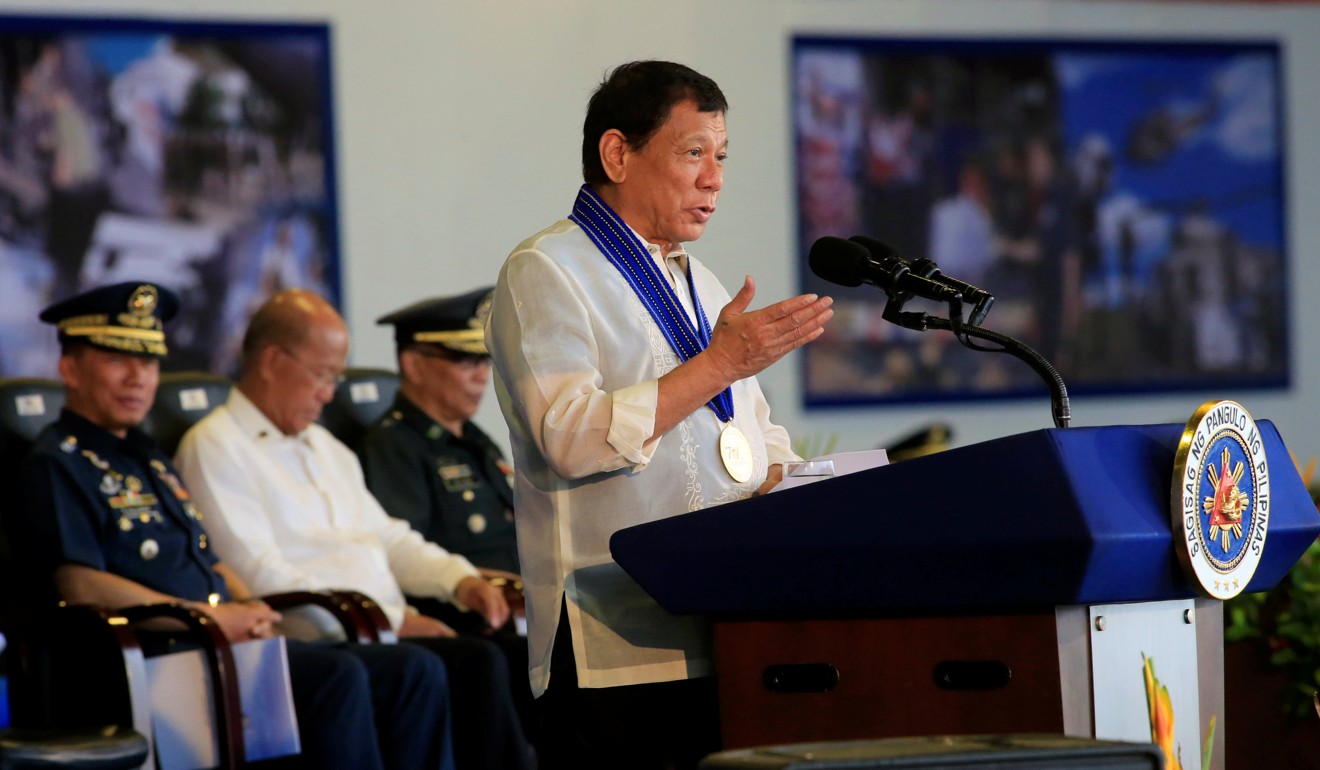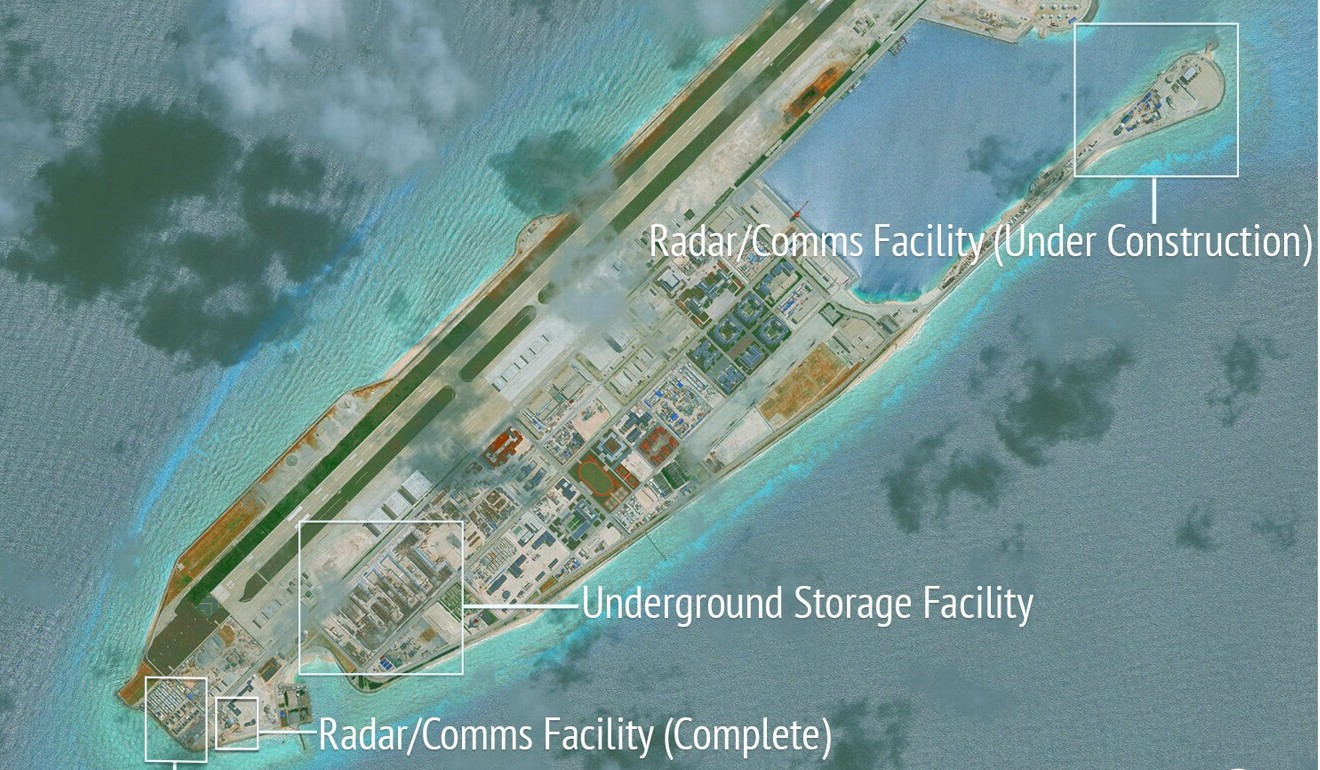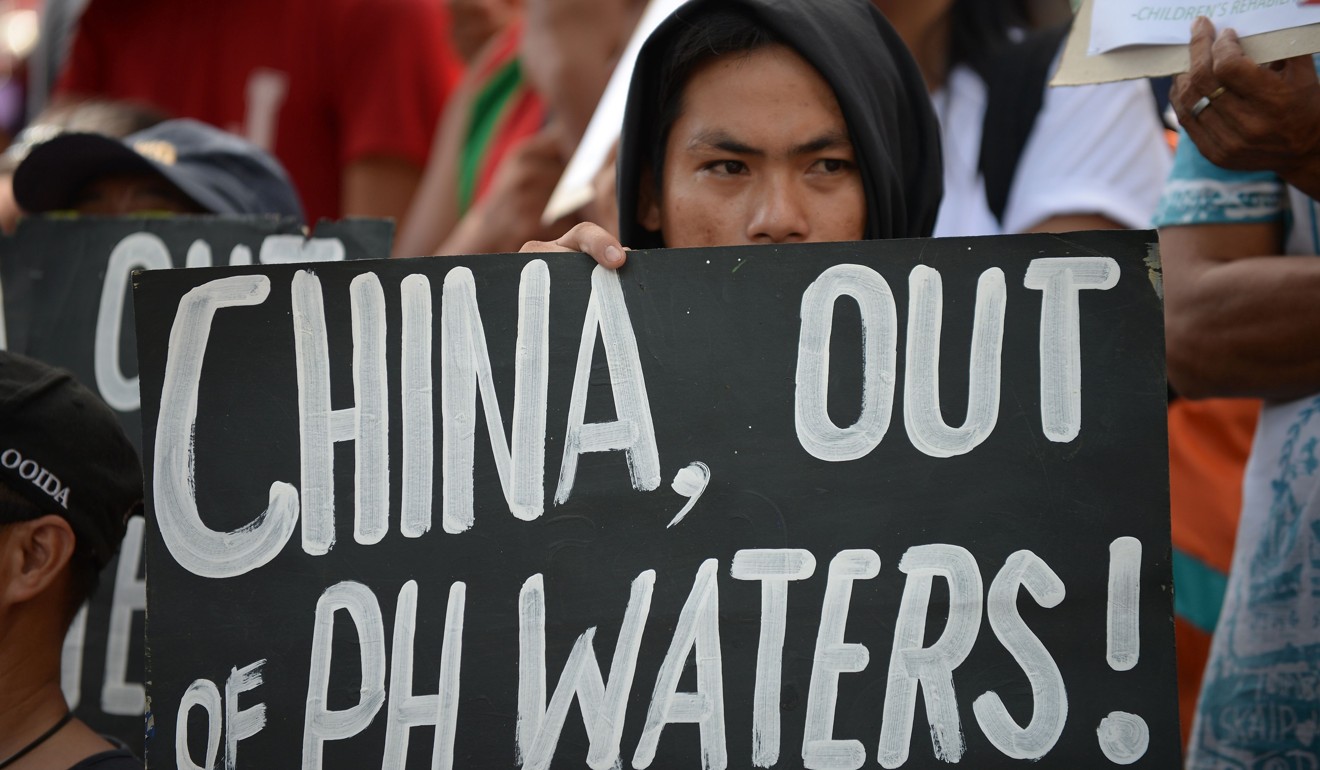
Though now little more than scrap of paper, South China Sea ruling has gone down in history
Governments of the future can always refer to the fact China was found in violation of its UN commitments
About one year ago a five-judge tribunal based at the Permanent Court of Arbitration in The Hague announced its decision in a case filed by the Philippines in 2013 against China over their disputed claims in the South China Sea.
It came after a stand-off between the two countries over the Scarborough Shoal the previous year; China ultimately seized the shoal from Manila’s control and maintains a presence there to this day.
The case brought before the tribunal concerned maritime entitlements and the status of features in the South China Sea, among other issues. It did not seek to adjudicate the territorial sovereignty of features, given that this was outside the purview of the tribunal.
The court unanimously ruled in favour of the Philippines on nearly all points. China had refused to participate in the proceedings and treated them as invalid.
The ruling should have become a major reaffirmation of the principle that, in the South China Sea, might could not make right. Instead, one year on, little has changed and the tribunal’s award sits as a mere piece of paper.
The reasons for this are complex. Partly, this outcome involves a tragedy of timing. Just days before the award was released, the pro-American and internationalist government of Philippine president Benigno Aquino was replaced by the government of current leader President Rodrigo Duterte.

The Philippines also took over the chairmanship of the Association of Southeast Asian Nations, exercising considerable sway over its agenda and making it less useful than usual on the South China Sea. (Not that Asean ever was a trailblazer on the issue before Duterte.)
China, in the meantime, reciprocated the overture. While many Western analysts, including yours truly, had anticipated Beijing would react with rage initially and eventually balk at the reputational costs of explicitly flouting an international verdict, this never came to pass.
Beijing, perhaps acting as many great powers have in the past, kept calm and carried on its activities in the South China Sea, continuing to press its claims to “traditional fishing grounds” and its nine-dash line as far south as Indonesia’s exclusive economic zone.

In the end, what was supposed to be the most significant international legal verdict on maritime entitlements in the South China Sea largely fizzled away.
The ruling, however, has not been forgotten. The United States continues to throw its support behind it, albeit sparingly. Most recently, US Defence Secretary Jim Mattis told attendees of the Shangri-La Dialogue that the United States called on “all claimants to use this as a starting point to peacefully manage their disputes in the South China Sea”.
But, as an extra-regional power, the United States’ ability to goad the South China Sea claimant states (and Asean) into full-throated support for the decision remains distant.
Asean and China have kept up the appearance of progress on their disputes by coming to an agreement on a toothless non-binding draft “framework” for a long-awaited code of conduct in the disputed waters.

The document, which was not released publicly, is likely to serve as China’s way of showing it is doing just fine managing its disputes without either the United States’ intervention or that of any international court.
The good news is that while the salience of the ruling over the past year has been disappointing, it will remain a fact of history that in 2016, China was found to have been in violating of several of its commitments as a signatory to the United Nations Convention on the Law of the Sea.
The bad news is that even if regional states and the Philippines experience a change of heart and decide to pursue what is legally theirs according to the court, Beijing will have already extended its presence across the South China Sea, with its seven artificial islands in the Spratly group and growing coastguard and naval presence.
In the end Beijing was fortunate to largely avoid the fallout of the ruling, but even if the 500-page document transitions into obscurity, it will remain a fact of life in the South China Sea.
Future governments – both in the region and outside it – will be able to reference it without end as a reminder of Beijing’s status as a rule-breaker.
Ankit Panda is a senior editor at The Diplomat, where he writes on international security, diplomacy and economics in the Asia-Pacific region

